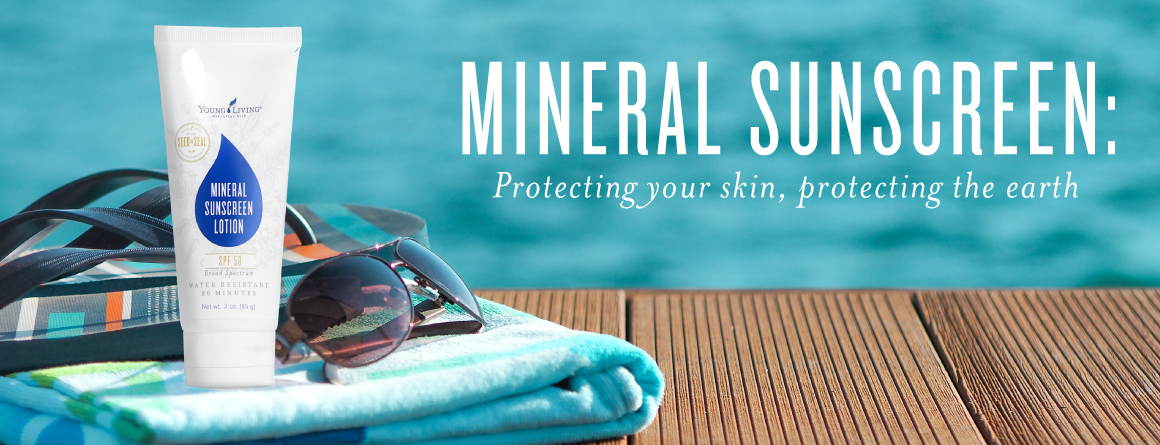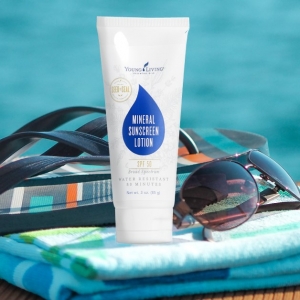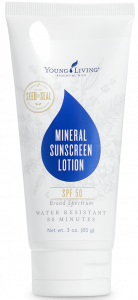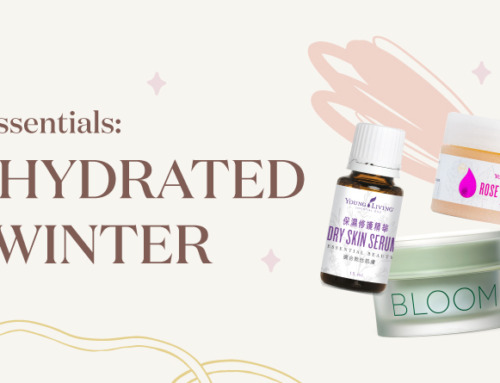You can be sitting in the sweltering summer sun or getting refracted rays off snowy slopes—no matter how you’re playing in the sunshine, one thing is vital: protecting your skin. Having a natural sunscreen, you can count on means more fun outdoors without worrying about sunburn or the intrusion of toxic chemicals into your bloodstream.
How does sunscreen work?
Sunscreen protects your skin by blocking UV rays. Watch this video for a complete breakdown, and check out our simplified explanation below.
Chemical sunscreens:
Many chemical sunscreens contain avobenzone, oxybenzone, retinyl palmitate, parabens, phthalates, petrochemicals, PABA and 1, 4-dioxane, UV chemical absorbers, artificial colors, and synthetic fragrances. These work by chemically absorbing UV light, but they also present the potential for system toxicity.
The FDA recently ran an exploratory maximal usage trial measuring just how much of topical sunscreen products our bodies absorb when following correct usage instructions. Words like avobenzone, oxybenzone, ecamsule, and octocrylene already sound intimidating; it’s even scarier to find out that they are the chemicals found in most common cosmetics. These chemicals are active ingredients in most commercially available products. In a recent study published in a peer-reviewed journal, researchers found that after using sunscreens with these ingredients as active compounds, those chemicals were detected in the bloodstream.
Barrier sunscreens:
Using ingredients such as zinc oxide or titanium dioxide, barrier sun creams block UV rays rather than absorbing them. However, in attempts to make these more appealing to the consumer, many so-called “natural sunscreens” end up using nanoparticle-sized zinc oxide in their sunscreen formula, which means they contain particles so small that they can enter your bloodstream.
What makes Young Living Mineral Sunscreen different?
When the scientists at Young Living formulated our Mineral Sunscreen, they wanted to develop the very best—for kids, adults, for everyone in the family. To create the right product, they knew blocking UV rays was the right path, so a zinc oxide sunscreen—a barrier approach—was the right formulation. But Young Living’s scientists, bound by the Seed to Seal® commitment to create the absolute best products available, developed a formula that uses non-nano zinc oxide, which means when you wear this sunscreen, you won’t absorb the chemicals into your bloodstream, however benign they may be.
Young Living Mineral Sunscreen SPF 50
Now that you’re well-versed on what makes sunscreens work, check out everything that makes our SPF 50 formulation better than all the rest:
- Gary Young formulated a special blend of skin-loving essential oils for this product. It includes 100 percent pure Helichrysum, Lavender, Myrrh, Carrot Seed, and Frankincense.
- This over-the-counter sunscreen is lightweight, fast-absorbing, and provides your skin with added protection from UVA and UVB rays.
- Adults and kids alike get powerful sun protection, free from harsh chemicals.
- Developed to provide a non-greasy finish, Young Living Mineral Sunscreen can be used under your Savvy Minerals by Young Living® makeup.
- Unlike most chemical sunscreens, our Mineral Sunscreen is reef safe. That means the formulation we use doesn’t contain chemicals such as oxybenzone and octinoxate, which cause coral bleaching. Similarly, our non-nano formula means that coral cannot ingest the zinc oxide particles in our sunscreen.
- This sunscreen is sweat- and water-resistant for up to 80 minutes, so your workout or time at the pool is well protected.
- Like we mentioned before, this mineral sunscreen formulation is made with pure, naturally derived ingredients and is free of avobenzone, oxybenzone, retinyl palmitate, parabens, phthalates, petrochemicals, PABA and 1,4-dioxane, UV chemical absorbers, artificial colors, and synthetic fragrances.
- We’re very proud that this sunscreen has the Skin Cancer Foundation’s seal of approval for daily use.
- Our Mineral Sunscreen was dermatologist reviewed to smooth onto skin without a white residue. No more blue tinge or white cast to your zinc sunscreen!
A little bit about SPF
What do you know about Sun Protection Factor (SPF)? This oft tossed-about term can be confusing, with the assumption that high numbers mean more protection. Well, that’s only sort of true. SPF is a measure of protection from UVB rays, which can cause cancer. If your skin would burn after being in the sun for 10 minutes, an SPF 15 sunscreen would allow you to stay in the sun for approximately 150 minutes—a factor of 15 times longer—without burning. SPF is not meant to help you determine duration of wear.
The SPF scale isn’t linear. For example, SPF 10 blocks 90 percent of UVB rays, SPF 30 blocks 97 percent of UVB rays, and SPF 50 blocks 98 percent of UVB rays. Super-high SPF such as 75 or 100 do not offer significantly greater protection.
Besides having fun, there’s nothing more important in summer than staying safe in the sun.
Now that you’ve slathered on your Mineral Sunscreen, what outdoor summer adventures do you have in store?
Let us know in the comments!
Don’t be a stranger to YLHK Family!
Facebook: https://www.facebook.com/YoungLivingHongKong/
Instagram: https://www.instagram.com/younglivinghongkong/
Subscribe A Drop of Inspiration (creative, inspirational EO Tips):eepurl.com/dn5Lmr
This post is also available in: Chinese (Traditional)







Leave A Comment